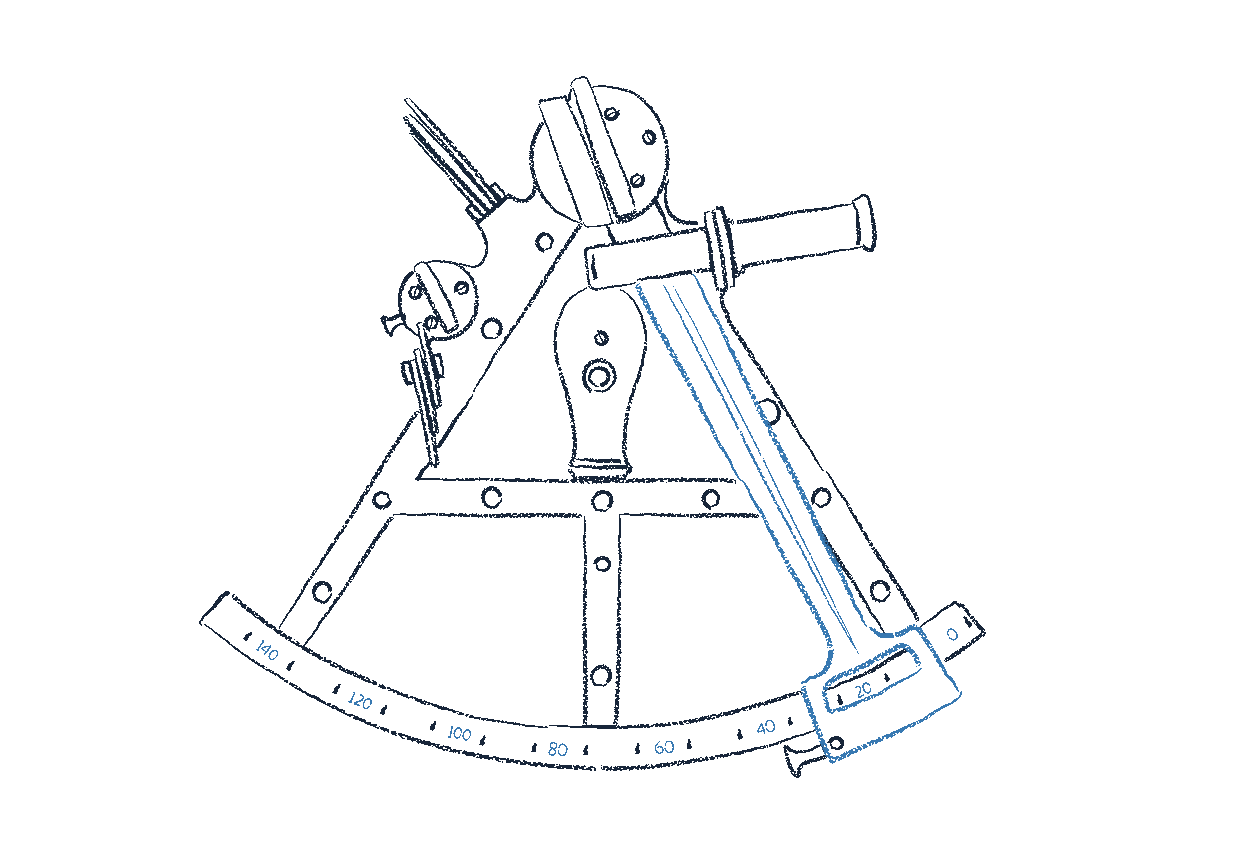The Saltus team marries client and market expertise to manage investments
Different clients have different appetites for risk and different risk levels require different benchmarks, generally established with reference to global equity markets. Saltus measure investment risk principally (but not exclusively) by the volatility of portfolio returns over a rolling 36 month period. Focusing on client risk budgets at the outset improves their ability to provide insight as to the shape of an investment journey band allowing them to align client portfolios with growth ambitions.

Asset Allocation
Asset allocation decisions are shaped by the Saltus Asset Allocation Committee using several key inputs:
- Asset class valuations and expected returns
-
Fundamental macro-economic analysis
-
Technical and quantitative analysis
-
Knowledge and experience of the asset allocation committee
These inputs are considered by the committee over a wide range of different time horizons. Reference is made to consensus opinion as part of the thought process, but it is not a constraint on any decision.
Manager Selection
Once the most appropriate asset allocation is determined for each portfolio, capital is assigned to the various asset classes via an allocation to third party managers by the Investment Committee.
The manager selection process uses both quantitative and qualitative analysis to differentiate genuinely skilful managers from those who deliver average or below average performance.
Saltus use bespoke quantitative analysis tools to identify real manager skill, while the qualitative analysis focuses around consistency in the following areas:
- The manager, their team and the firm itself
- The investment process
- The liquidity of the portfolio
- Environmental, Social and Governance factors
- Cost
If exceptional managers cannot be identified and the exposure to the underlying asset is still desirable, then Saltus will use passive funds to implement the decision.

“By following this proven, repeatable process, we are able to identify the probability of outperformance in a statistically robust way and can make informed investment decisions that are tailored to the needs of each individual.”
David Cooke, CIO, Saltus Asset Management
Risk Management
The Saltus Investment Committee monitors multiple measures of risk across all portfolios, with a focus on the expected volatility of portfolios. If the output is at the top of the tolerance level for the given risk band, action will be taken to reduce risks until the portfolio is back in line with the respective budget allowance. Volatility will be measured over multiple time periods as part of risk monitoring, with portfolios being managed to a 36-month volatility time period.
The Saltus Risk Committee provides oversight and is responsible for risk management.

